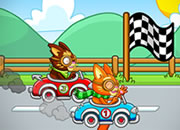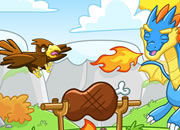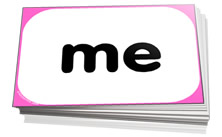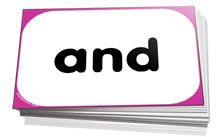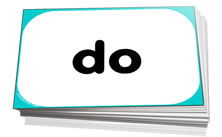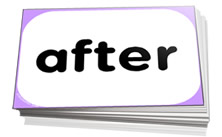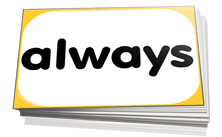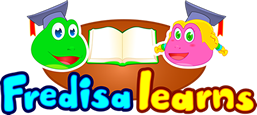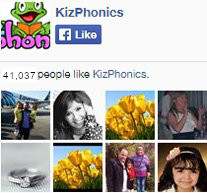Games to Practice Dolch Sight Words, High Frequency Words
Dolch Sight Words and High Frequency Words are those words which have to be taught by sight. They are often words which do not respect the rules of phonics and hence the reason we teach them by sight. You will find games to help children practice.Practice 80 most common sight words from the Dolch words list. Click on a game and begin practicing. All games have audio.
Common Sight Words Games
Dolch Sight Words - Board Game and Flash Cards
This section contains our printable phonics board game and sight word card sets. Using this board game and the card sets below, you can give continuous practice to phonics learners on sight words. We recommend teaching 1 or 2 new sight words to add to the regular phonics program.
| Board Game | Instructions |
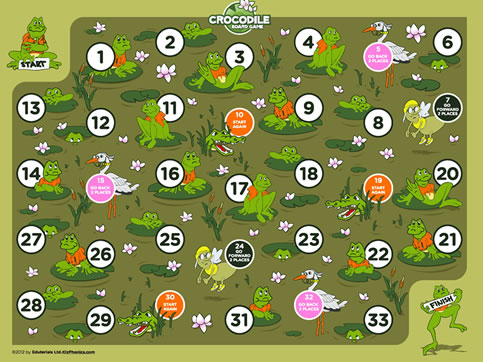 |
|
Teaching Sight Words to Phonics Learners
When teaching phonics, sight words are an important part of the curriculum. Sight words are words that are commonly found in print materials. Thus, they are high-frequency words that a child will encounter in reading. Examples of sight words include: the, they, of, we, he and she. Although they do not have a concrete image, these words can help a child understand and approach texts with confidence. Here are a few ways to introduce and teach sight words to your child. At Kiz Phonics we have broken down these words into the most common pronouns, adjectives, adverbs, prepositions and other parts of speech which offers a logical structure. We offer sight words games online to practice. We also offer printable sight words flashcards for use in classroom teaching.
By understanding the meaning of these words, children can focus more on reading comprehension and meaning rather than decoding each word. This is an essential part of phonics. It's important for a child to learn how to recognize sight words so they can master phonics. By using this strategy, parents can ensure their child's success in reading.
One of the best ways to introduce sight words is to use phonics stories and short sentences. By embedding sight words in stories, children learn to recognize and reading them without decoding. Stories that are fun and easy to remember are ideal. They make learning phonics easier by making the process more enjoyable. So, make sure you take advantage of our 21 phonics short stories as part of your sight words lessons.
While phonics and sight words are two separate topics, both strategies can benefit young children. Sightwords require memorization while phonics requires decoding. By memorizing sight words, students will build confidence and increase their vocabulary. By reading on their own, children will also improve their self-esteem and emotional well-being.
By including simple books and short stories in your phonics lessons, you will help children become more confident when they can recognize sight words, and thus read texts easily.
Navigating the World of Sight Words: A Comprehensive Guide for Parents and Educators
Learning to read is a pivotal milestone in a child's educational journey. One of the keys to reading success lies in mastering sight words, which are words that appear most frequently in our language. From sight words for 2nd graders to sight words for kindergarten, this guide aims to help you understand their importance, methods to teach them, and the resources available for various age groups.
Table of Contents
What Are Sight Words?
The Importance of Sight Words in Various Age Groups
How to Teach Sight Words
Engaging Sight Word Activities
FAQs
What Are Sight Words?
Sight words, sometimes known as Dolch sight words, are high-frequency words that are essential for fluent reading and are usually learned through recognition rather than sounding out. Examples include words like 'the,' 'and,' and 'it.'
Dolch Sight Words and Their Relevance
The term ""Dolch sight words"" comes from Dr. Edward William Dolch, who identified a list of 220 sight words essential for young children to learn for reading fluency. These words account for 50-75% of all words found in children’s books and are a crucial part of early education.
The Importance of Sight Words in Various Age Groups
Understanding sight words at different stages of a child's education can significantly improve their reading capabilities.
Sight Words Pre K
Sight words for Pre K often consist of simple two-letter words like 'an,' 'it,' and 'in.' Mastering these sight words gives preschoolers a head start in developing both reading and comprehension skills.
Sight Words for Kindergarten
The sight words kindergarten list generally includes basic words that appear frequently in beginner-level books. Examples include 'you,' 'my,' and 'said,' which aid in reading fluency and comprehension.
Sight Words for 2nd Graders
As children move to higher grades, the list of sight words they are expected to know expands. Sight words for 2nd grade include more complex words like 'always,' 'around,' and 'because,' which contribute to more advanced reading skills and better comprehension.
How to Teach Sight Words
Teaching sight words effectively requires a thoughtful approach that caters to the unique needs of each age group.
Flash Cards
Flashcards are a timeless and effective method for teaching sight words for kindergarten or sight words pre k. You can create your own flashcards with the words you want to focus on.
Repetitive Reading
Encourage your child to read books that frequently feature the sight words you're focusing on. This repetitive exposure will aid in memorization and application.
Engaging Sight Word Activities
Making learning fun is crucial when teaching sight words, and there are numerous sight word activities to choose from.
Sight Words Games
Children love games, and sight words games can make learning both fun and effective. Various online platforms offer interactive sight words games tailored for different age groups. Find some engaging sight word games here.
Interactive Worksheets
Worksheets can be an engaging way to test a child’s grasp of sight words. These can include fill-in-the-blanks, matching words to pictures, or word searches featuring sight words for 2nd graders, among others.
FAQs
What are sight words?
Sight words are high-frequency words that appear most commonly in the English language and are usually memorized rather than sounded out.
Why are Dolch sight words important?
Dolch sight words form the basis for early reading education, accounting for a significant portion of words in children's literature.
How can I make sight word learning engaging?
From flashcards to sight word activities and games, there are many interactive ways to make sight word learning fun and effective.
Where can I find interactive games for sight words?
You can find a plethora of sight words games, including those for specific age groups like sight words for 2nd graders or sight words for kindergarten, here.
How many sight words should a child know?
The number varies by age, but generally, a pre-k child should know at least 20 sight words, and this number increases as they move to higher grades.
In summary, sight words form the building blocks of literacy. From sight words for Pre K to those for older kids, understanding and memorizing these high-frequency words significantly boost reading fluency and comprehension. This article has explored various methods to teach sight words effectively, from using flashcards to engaging in sight word activities and games. Whether you're an educator looking to enhance your teaching methods or a parent wanting to give your child a head start in reading, understanding the role and methods for teaching sight words can make a substantial difference. So why wait? Dive into the fascinating world of sight words today!



